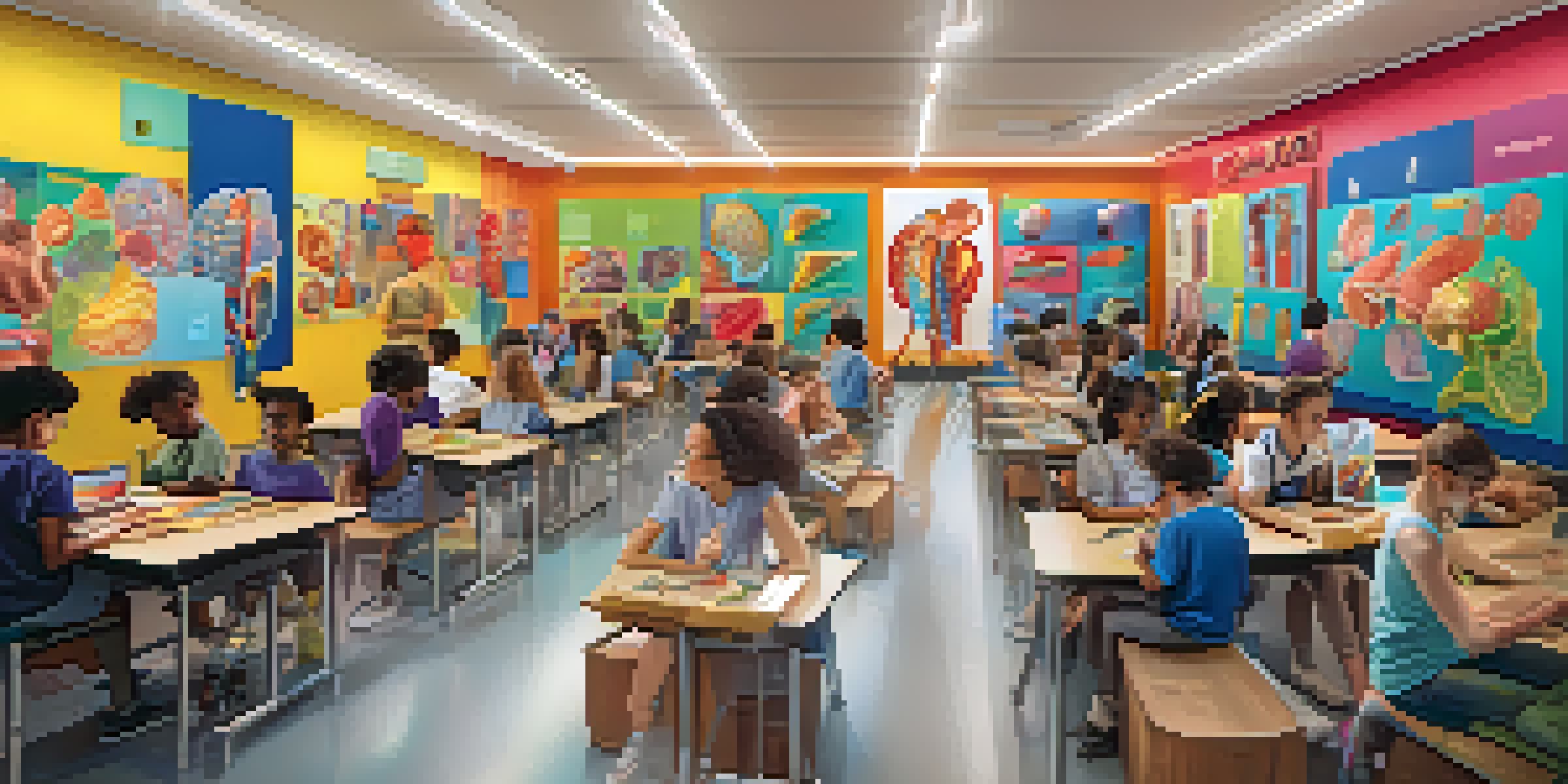AR Learning Experiences: What Students Say

Introduction to Augmented Reality in Education
Augmented reality (AR) is transforming the way students learn by blending digital elements with the physical world. This innovative technology allows learners to interact with 3D models and simulations, elevating traditional educational methods. Students today are not just passive consumers of information; they actively engage with content, making learning more immersive and enjoyable. As AR becomes more accessible in classrooms, it’s essential to gather insights directly from the students who experience it.
Engagement Levels Boosted by AR Learning Tools
One of the most significant benefits of AR in education is the heightened engagement it fosters among students. Learners report being more excited and motivated when using AR tools, as they can visualize complex concepts in a hands-on manner. For instance, a biology student might use AR to explore the human body in 3D, transforming abstract knowledge into a tangible experience. This level of interaction often leads to better retention of information and a deeper understanding of the subject matter.
AR Boosts Student Engagement
Augmented reality enhances student motivation by allowing them to visualize complex concepts through interactive 3D models.
Improved Collaboration Through AR Experiences
AR learning experiences also promote collaboration among students. When working on AR projects, students often find themselves teaming up to solve problems, share insights, and enhance their learning outcomes. This cooperative spirit mimics real-world scenarios, teaching essential teamwork skills while deepening their understanding of the subject. Feedback has shown that students appreciate the opportunity to learn from one another, making the educational process more social and engaging.
Personalized Learning Paths with AR
Another advantage of AR in education is its ability to cater to individual learning styles. Students have different ways of absorbing information, and AR technology allows for tailored experiences. For example, visual learners can benefit from interactive graphics, while kinesthetic learners can engage through hands-on activities. This customization not only helps students grasp concepts more effectively but also fosters a sense of ownership over their learning journey.
Collaboration Through AR Learning
AR fosters teamwork among students as they collaborate on projects, mirroring real-world problem-solving situations.
Real-world Applications: Bridging Theory and Practice
Students often express excitement about how AR connects classroom learning to real-world applications. For example, an architecture student might use AR to visualize their designs in a real-world environment before construction begins. Such practical experiences enhance the relevance of their studies, making the concepts more applicable to future careers. This bridge between theory and practice is invaluable in preparing students for the challenges ahead.
Challenges Faced by Students Using AR
Despite its advantages, students also encounter challenges when using AR in their studies. Technical issues, such as software glitches or hardware limitations, can disrupt the learning experience. Additionally, some students may feel overwhelmed by the technology if they lack prior exposure. It’s crucial for educators to provide adequate training and support to ensure that all students can benefit from AR tools without frustration.
AR Personalizes Learning Experiences
Augmented reality caters to diverse learning styles, providing tailored experiences that empower students in their educational journeys.
Future of AR in Education According to Students
Looking ahead, students are optimistic about the future of AR in education. Many express a desire for more AR resources, indicating a growing hunger for innovative learning solutions. They believe that as technology continues to evolve, AR will play an increasingly vital role in shaping educational experiences. This enthusiasm signals a promising trend where students can expect more interactive and engaging learning environments.
Conclusion: The Impact of AR on Student Learning
In summary, augmented reality is making waves in the education sector, significantly impacting how students learn. Their feedback highlights the benefits of enhanced engagement, collaboration, and personalized learning experiences. While challenges remain, the overall sentiment is one of excitement and optimism for the future of AR in education. As this technology continues to advance, it will undoubtedly reshape the landscape of learning for generations to come.